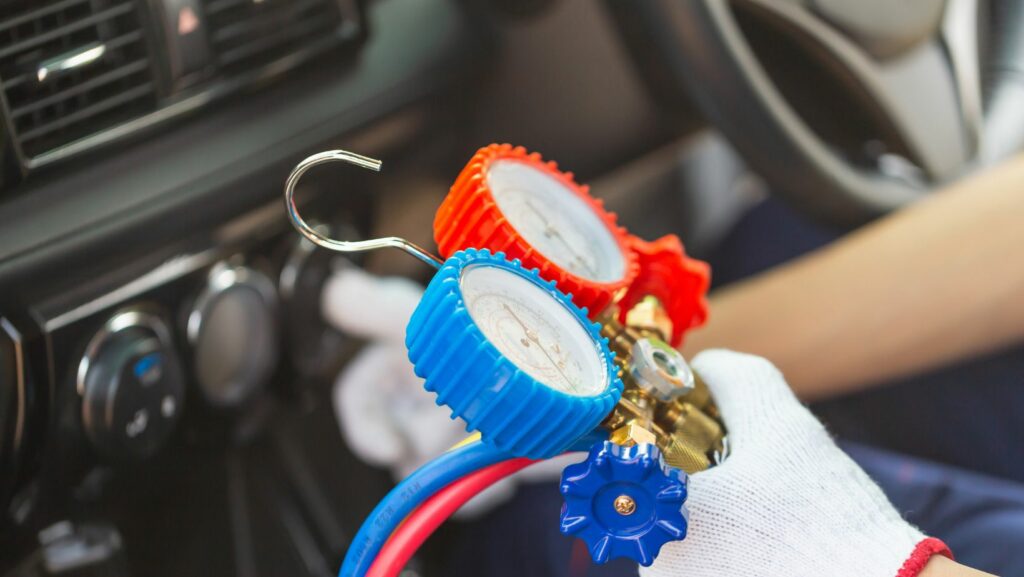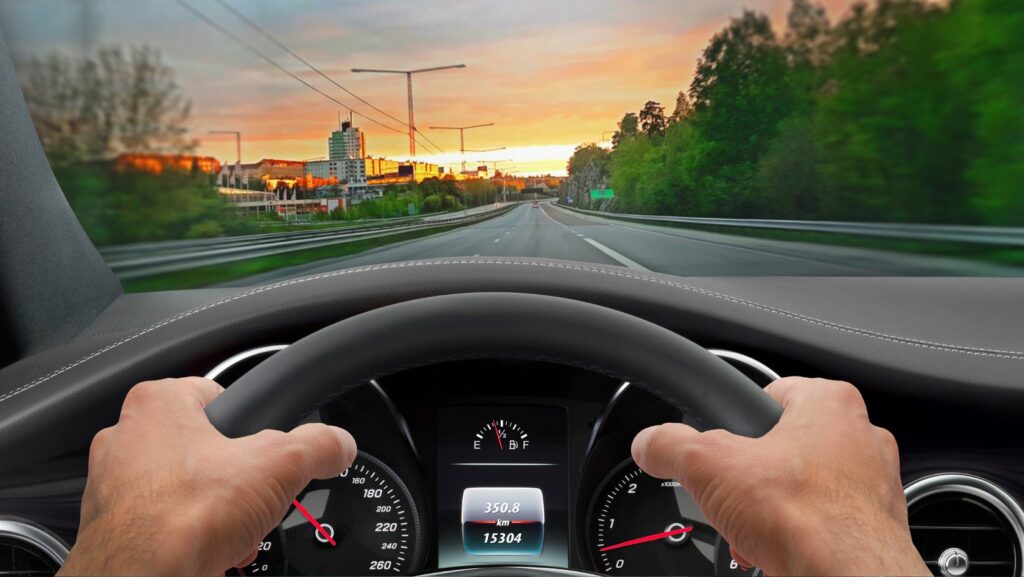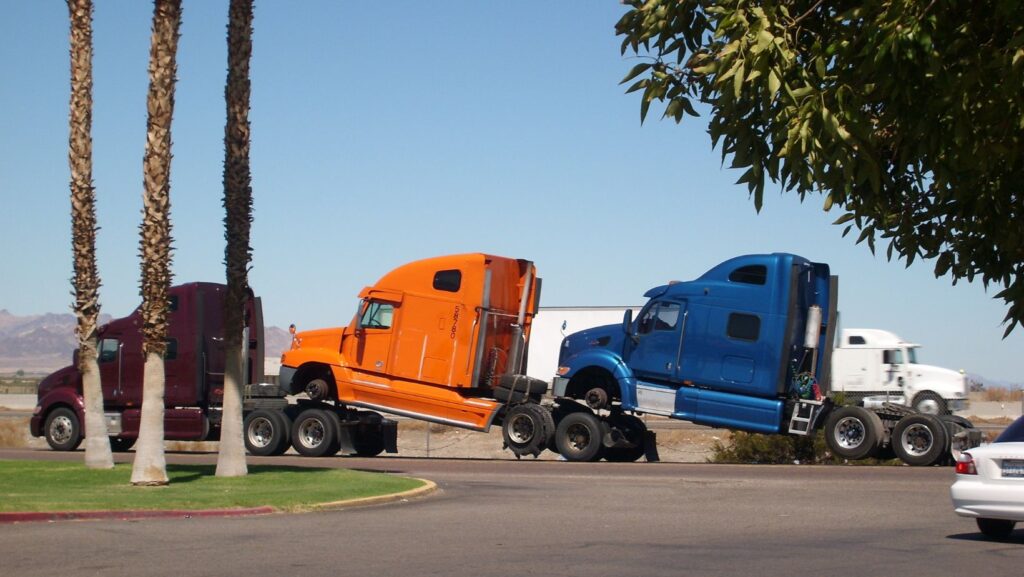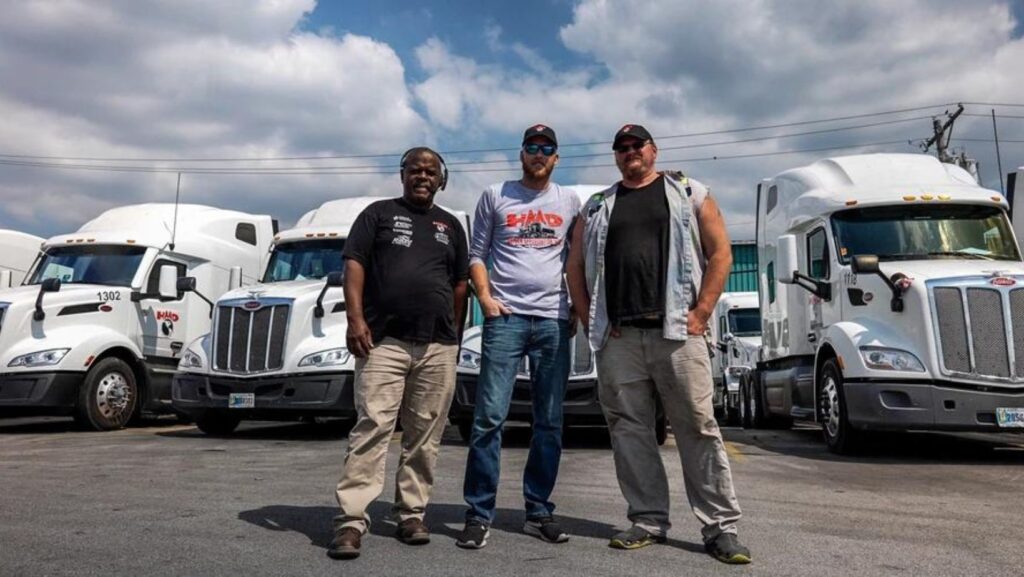
Ever wondered why accidents seem to happen more often during rush hour? There is a straightforward reason for it: traffic density. Simply put, the more cars there are on the road, the more likely something will go wrong.
The connection between heavy traffic and accidents is not just a coincidence, as data and decades of traffic safety research back it. Let us break it down. When more vehicles are crammed into the same stretch of road, every driver has less room to maneuver, react, or recover from even minor mistakes. A single misjudgment, like braking too late or switching lanes without checking blind spots, can quickly trigger a chain reaction. Think of traffic like a tightly wound spring; the more tension there is, the easier it is for something to snap.
The Domino Effect of Congestion
In dense traffic, there is little margin for error. Cars travel bumper-to-bumper, often with little time or space to react. If one driver brakes suddenly, everyone behind them must do the same, sometimes without enough time to avoid a crash. This is how rear-end collisions and multi-vehicle pileups happen. It is not always about someone driving recklessly; sometimes, it is just about too many vehicles moving too close together.
Moreover, in heavy traffic, stress levels rise, and drivers grow impatient. This emotional tension can lead to aggressive driving behaviors like tailgating, cutting others off, and rapid lane changes. Combine that with limited visibility and high congestion, and you have a recipe for disaster.
More Vehicles, More Variables
In sparse traffic, you should monitor just a few other cars. But in dense traffic, the number of variables increases dramatically. You are watching vehicles in front, behind, and beside you, and sometimes even trying to keep track of pedestrians and cyclists squeezing through narrow gaps. The mental load increases significantly, and that extra cognitive demand can reduce a driver’s ability to stay alert and respond appropriately. Distracted driving also becomes more dangerous in these conditions. A quick glance at a phone in heavy traffic could mean missing the car’s sudden stop in front.
Urban vs. Rural Roads
You will notice that rural areas, despite sometimes having higher speed limits, have fewer accidents per vehicle mile than urban centers.

That is because there is more space, fewer vehicles, and usually fewer intersections and distractions. In urban areas, traffic density is much higher, which naturally increases the likelihood of collisions. In fact, according to the National Highway Traffic Safety Administration, urban areas account for over 70% of all traffic crashes in the United States.
What Can Be Done?
Understanding that traffic density contributes to accidents is the first step toward prevention. City planners and transportation departments are constantly looking for ways to manage traffic flow more efficiently.

Things like synchronized traffic signals dedicated turning lanes and improved public transportation can all help reduce the number of vehicles on the road and, by extension, the number of accidents. Drivers can also do their part by avoiding peak travel times when possible, maintaining a safe following distance, and staying calm behind the wheel. These actions can make a big difference.
Conclusion
In conclusion, traffic density is not just an inconvenience; it is a significant safety concern. The more congested the road, the more opportunities for things to go wrong. By recognizing the connection between heavy traffic and accidents, we can all make smarter decisions on the road and help create safer travel conditions for everyone. Whether commuting daily or just for a weekend drive, being mindful of how traffic affects safety is always a good move.




